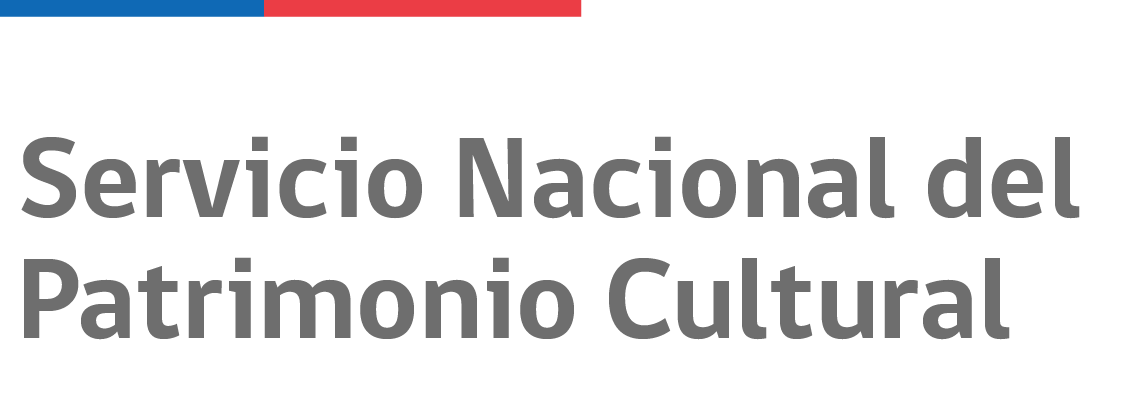
Opening times:
Admission:
The permanent exhibition, "Biodiversity in the Valparaíso Region", on the first and second floors of the Valparaíso Natural History Museum offers visitors an interactive journey through central Chile, from the depths of the Pacific Ocean to the peaks of the Andes Mountains.
Through its different exhibits and displays, visitors learn about the diversity of the region's ecosystems, which include two Biosphere Reserves: the La Campana National Park and the Juan Fernández Archipelago.
As well as interactive resources, the exhibits include preserved examples of the region's different species, archaeological pieces and ethnographic and historical material. Audio guides are also available in English, Spanish and Portuguese.
The exhibition begins with the ocean, looking at the conditions that permit life there. It highlights some of the bird species that can be seen there, like the wandering albatross and the Antarctic petrel, as well as the migratory habits of others such as the sperm whale and the leatherback sea turtle.
In the case of the coast, different displays explain the dynamics of tides and how they help to determine the vegetable and animal life of central Chile as well as the adaptation of species to rocky and sandy areas.
The exhibition then moves on to the islands off central Chile. This section includes a replica of the boat used by the Swedish botanist Carl Skottsberg for his expedition to the Juan Fernández Archipelago and Easter Island in 1916 and 1917. It also shows endemic species as well as the great diversity of marine fauna and reflects on the threats that exist to these ecosystems.
Moving to the central valley, the exhibition focuses on the adaptation of species, the climate, the function of birds and the characteristics of the area's native woodland as well as species such as its different types of foxes, quails and the colocolo wild cat. Special emphasis is placed on the Aconcagua River, its dwindling water resources and its effects on the ocean.
In the case of the La Campana National Park, the exhibition explains its vegetation, particularly its native trees which include the Chilean palm.

